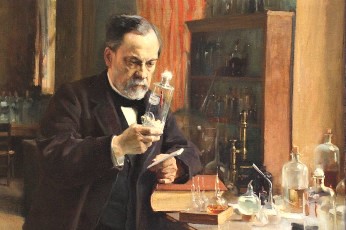Bernard Baruch? Daniel Patrick Moynihan? Rayburn H. Carrell? James R. Schlesinger? Alan Greenspan?
Question for Quote Investigator: A family of popular sayings highlights the difference between opinions and facts. Here are three thematically related expressions:
(1) Everybody has a right to their opinion, but nobody has a right to be wrong in their facts.
(2) You are entitled to your own views, but you are not entitled to your own facts.
(3) People are entitled to their own opinions, but not to their own facts.
These sayings do not have identical meanings, but it is helpful to group them together while exploring their provenance. Financier Bernard Baruch and politician Daniel Patrick Moynihan have been given credit for these thoughts. Would you please explore this topic?
Reply from Quote Investigator: The earliest match located by QI occurred in an Associated Press article from 1946. Bernard Baruch was quoted when he complained about an opponent’s assertions which he believed were inaccurate. Boldface added to excerpts by QI:1
Every man has the right to an opinion but no man has a right to be wrong in his facts. Nor, above all, to persist in errors as to facts.
Below are additional selected citations in chronological order.
Continue reading “Quote Origin: People Are Entitled To Their Own Opinions But Not To Their Own Facts”



